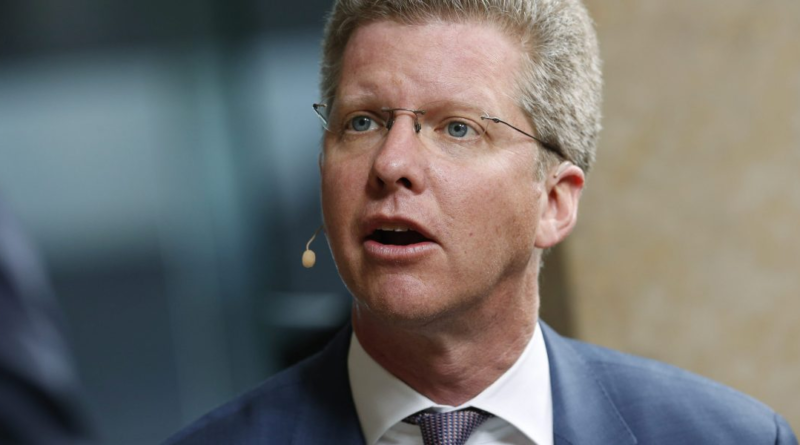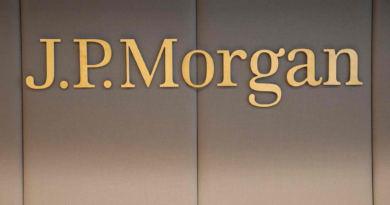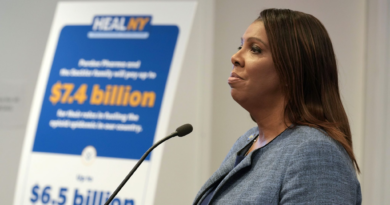We’re passing through ‘the worst housing affordability crisis’ ever seen, former Housing Secretary says— and it isn’t going to fix itself
Home prices and rents skyrocketed during the pandemic-fueled housing boom; and mortgage rates subsequently soared. Because mortgage rates shot up from historic lows so suddenly, people stopped selling their homes, and because the country is underbuilt by millions of homes, the sales halt didn’t help. The housing market has cooled down since: home prices aren’t increasing exponentially, mortgage rates are lower than the more than two-decade high reached last year, rents are generally flatlining, and inventory picked up. Still, everything feels very different than before the pandemic.
“We’re just coming through the worst housing affordability crisis we’ve ever seen in this country,” Shaun Donovan, former U.S. Secretary of Housing and Urban Development in the Obama era and chief executive of Enterprise Community Partners (a housing nonprofit), said in an interview with CNBC on Tuesday. “We had 18% year-over-year increase in rents, home prices rising at levels we’ve never seen. So we are seeing some leveling off, but it’s at a level that is well beyond what folks could afford.”
He continued: “This isn’t just going to turn around by itself. We have too little housing in this country, and we’ve got to build more.” Donovan later put the housing shortage at between five and seven million homes, but estimates vary.
The biggest driver of inflation
Urban economists, housing policy analysts, real estate executives, and others have said it time and time again: more homes need to be built. But of course that’s easier said than done. Local governments and neighborhoods hold a lot of the power when it comes to development. Still, Donovan said, this recent bout of unaffordability is spurring discussion amongst mayors, governors, and lawmakers.
Not to mention, he said, “the primary thing that’s driving inflation today is housing prices. So we’ve got to do more on the housing front in order to bring inflation down.” And while the housing situation has somewhat calmed down, “we should recognize that we’ve been up at a level that we’ve never seen before in terms of the affordability crisis.”
Donovan pointed to a recently released report from Harvard University’s Joint Center for Housing Studies, which found almost one in four homeowners were “stretched worryingly thin,” and half of all renter households were considered cost-burdened, spending more than 30% of their income on housing, as of 2022.
For context, the median rent for all bedrooms and all property types is $2,150, according to Zillow. In May, the median existing home sales price was $419,300, the highest price ever recorded, according to the National Association of Realtors. And at the moment, the average 30-year fixed daily mortgage rate is 7.08% (the weekly one is 6.95%). Separately, Zillow’s monthly housing report for May found home values are 45% higher than before the pandemic, and the typical mortgage payment has more than doubled, increasing 115% since pre-pandemic.
Andy Walden, vice president of enterprise research strategy at ICE Mortgage Technology, who was also a part of the CNBC interview, said most baseline forecasts for the housing market don’t really predict a decline in national home prices. “It’s more for a neutral housing market for a couple of years to help this kind of rebalance,” he said. But that’s not accounting for pandemic boomtowns, such as Austin, which has seen its home prices fall considerably from their peak. “There are going to be some markets that come down, but nationally, expect it to go more lateral than down,” Walden said.
Zillow, for one, expects home prices to fall 1.2% between May this year and next, while Moody’s expects them to rise 0.4%. And Fannie Mae sees home prices ending next year up 1.5%. We’ll see who’s the closest.




